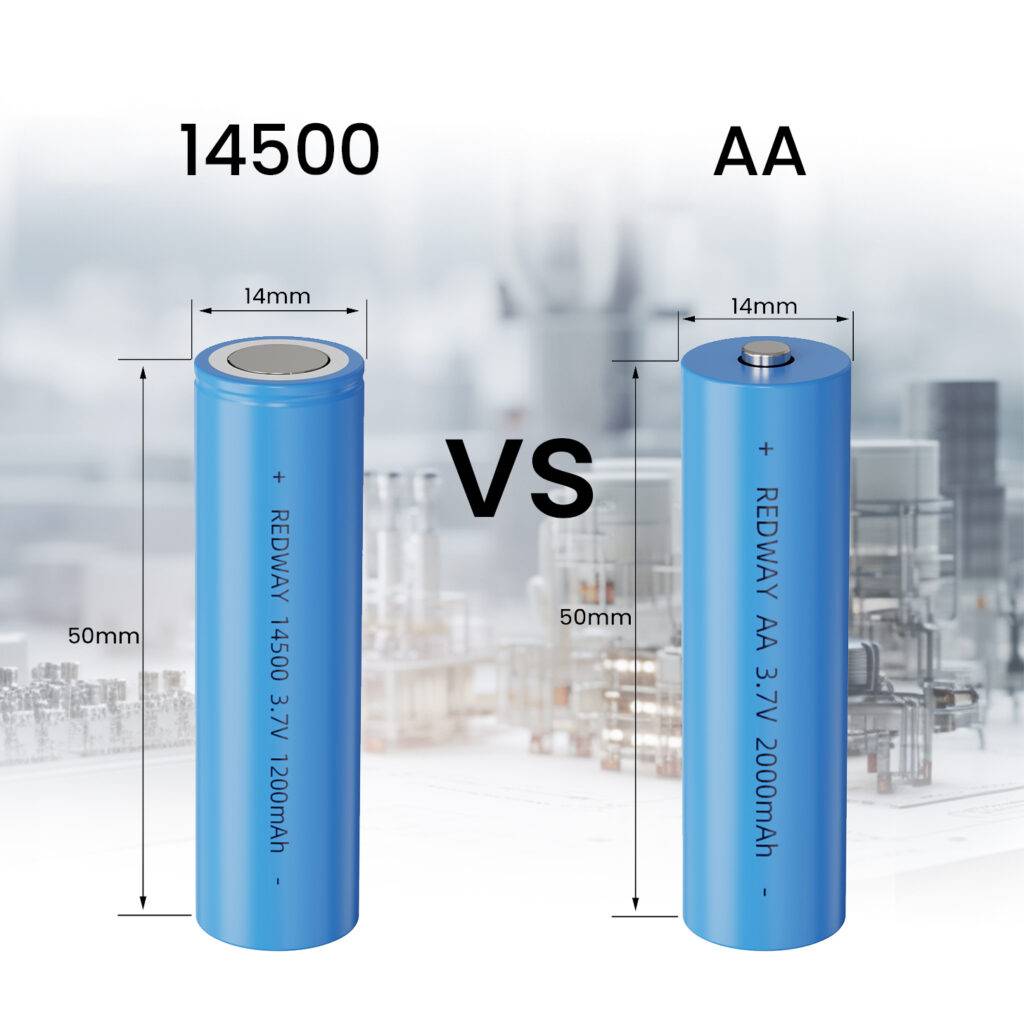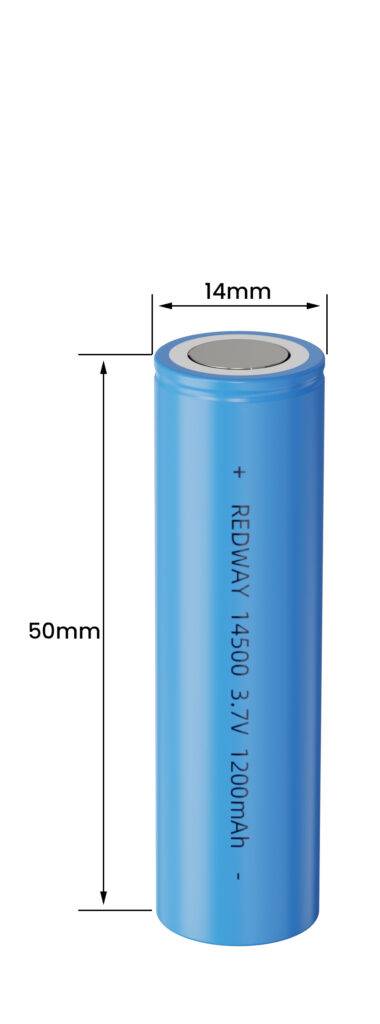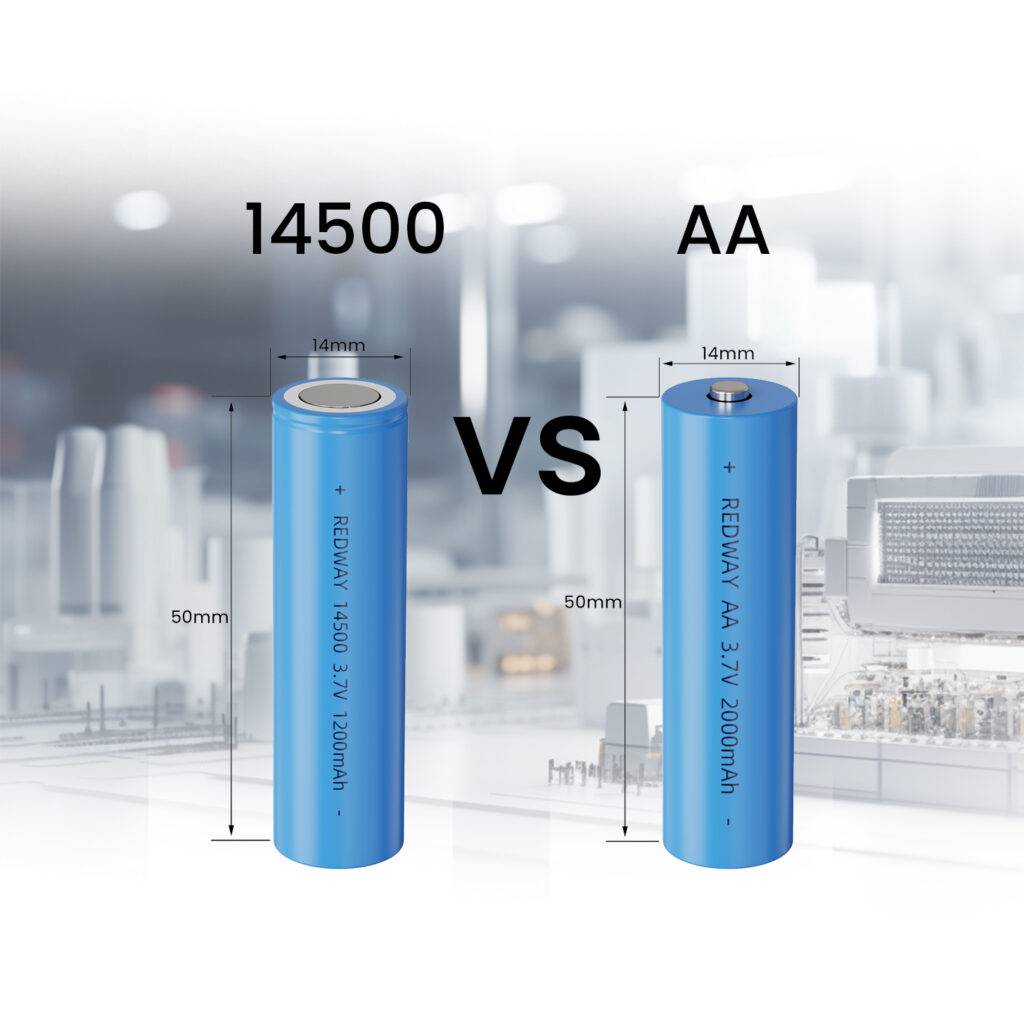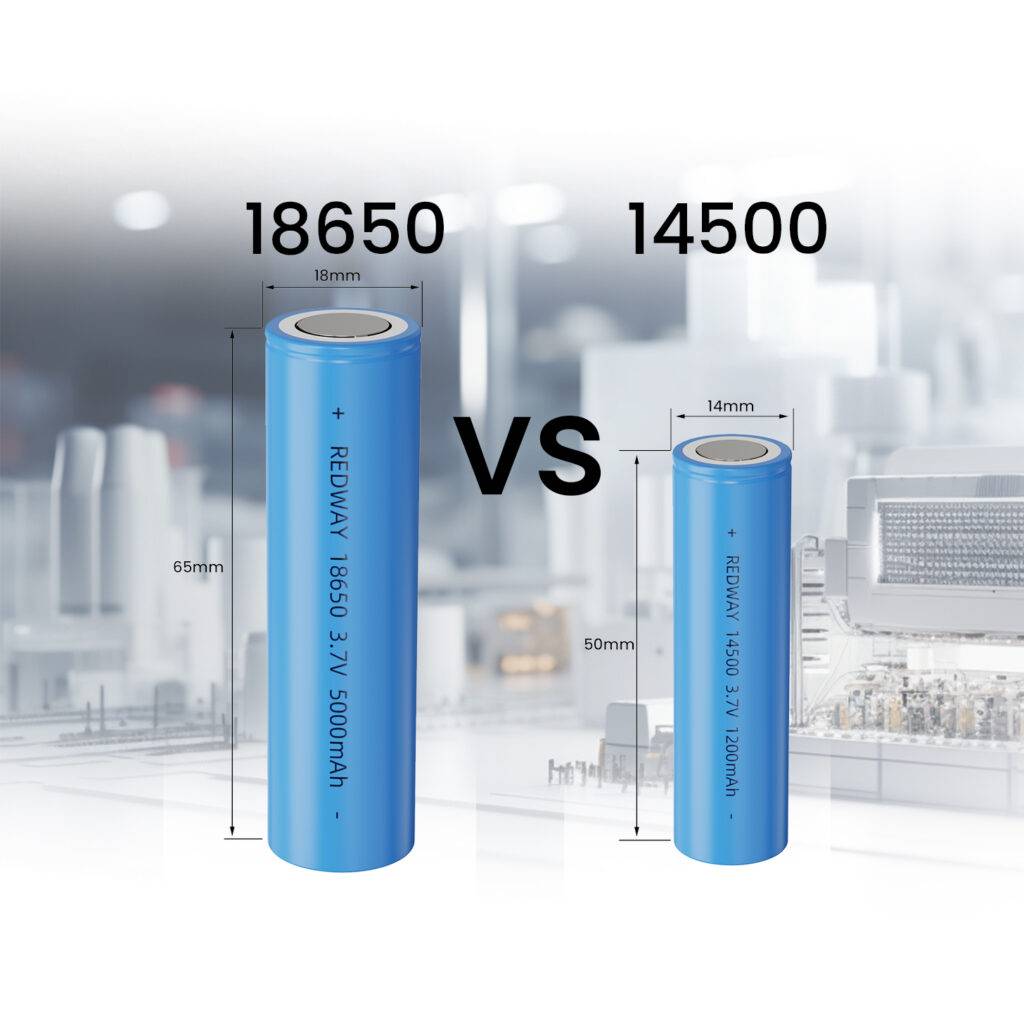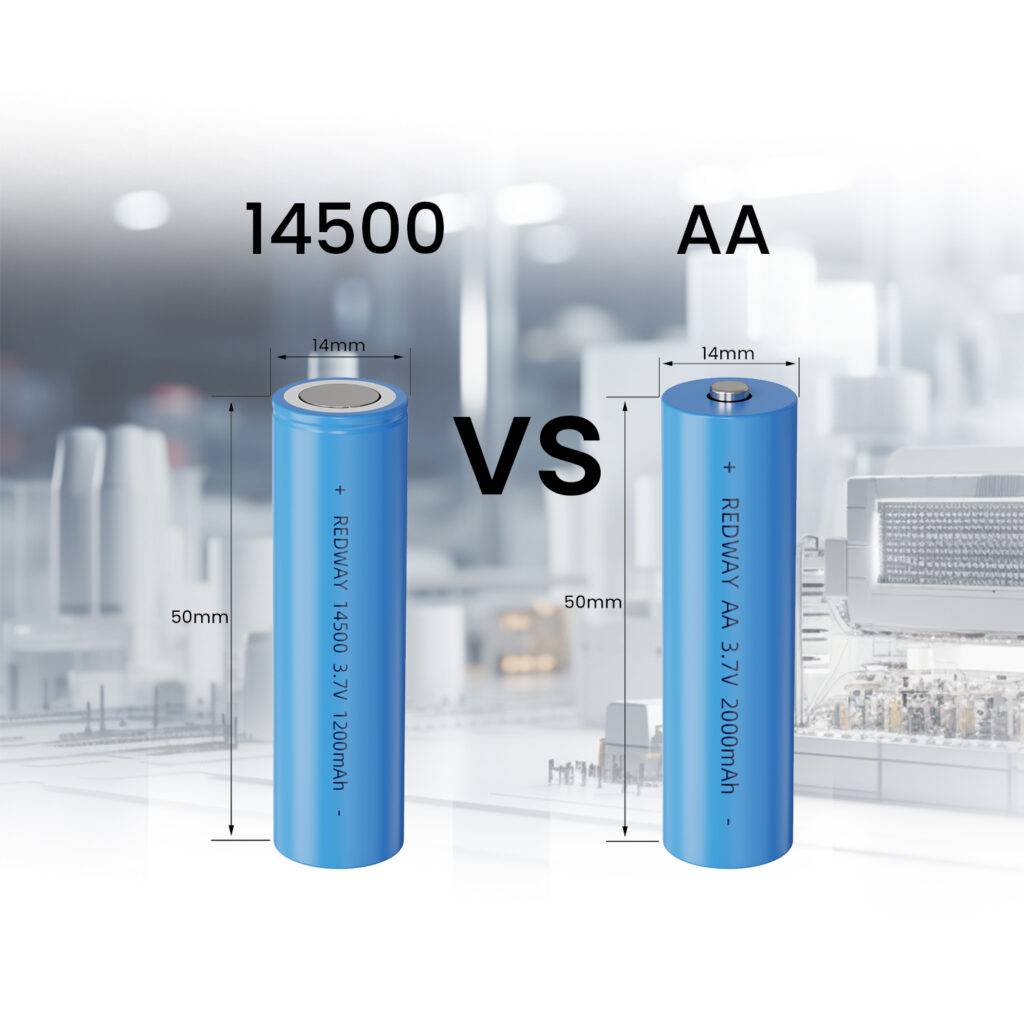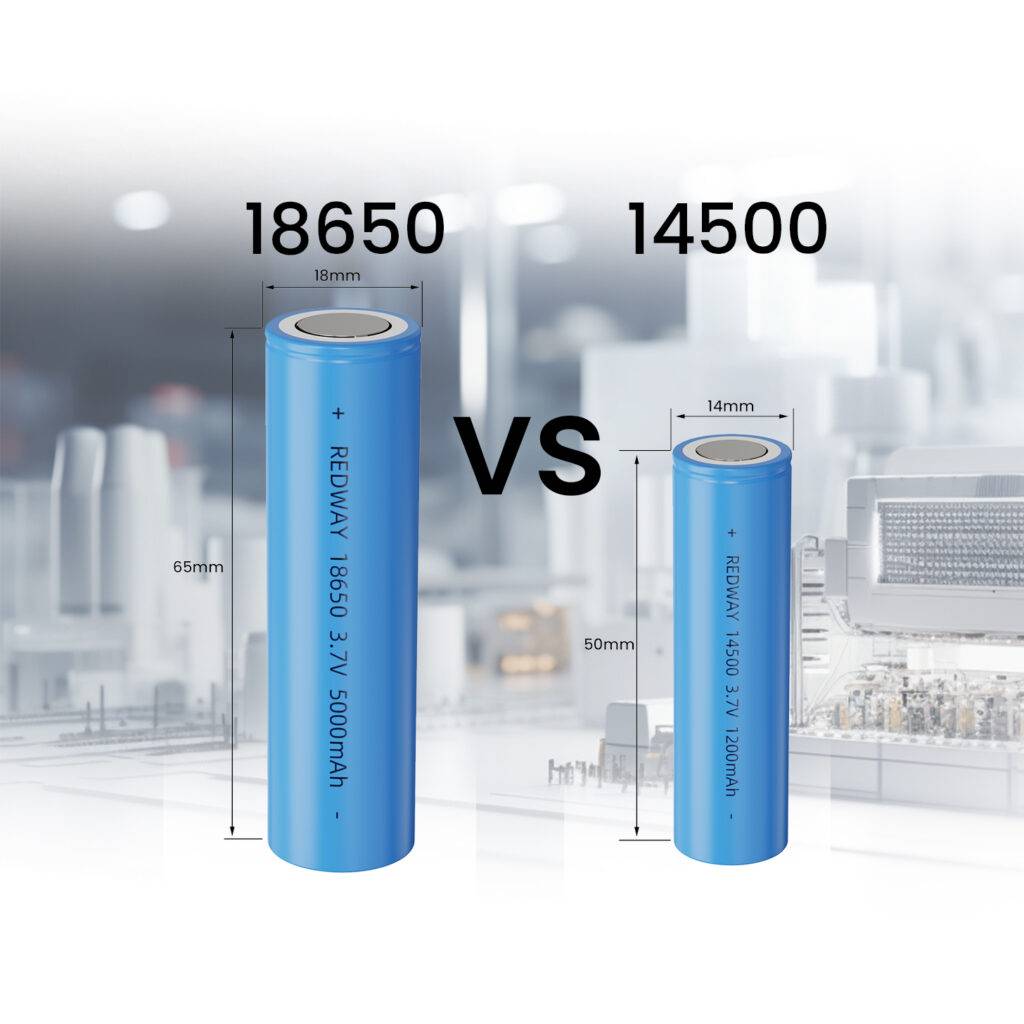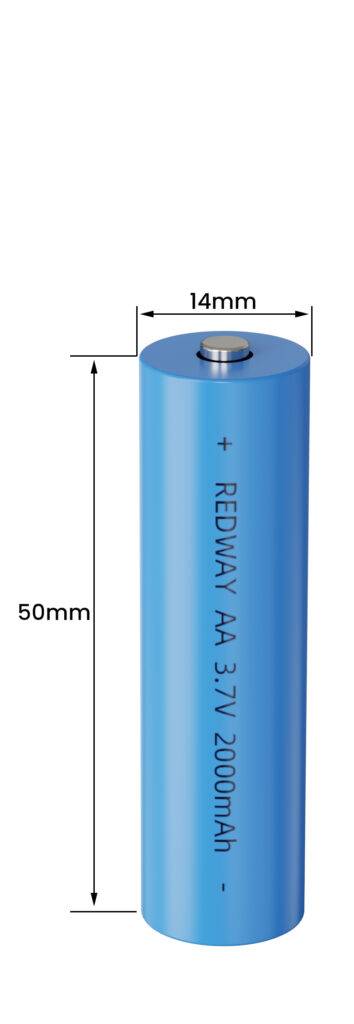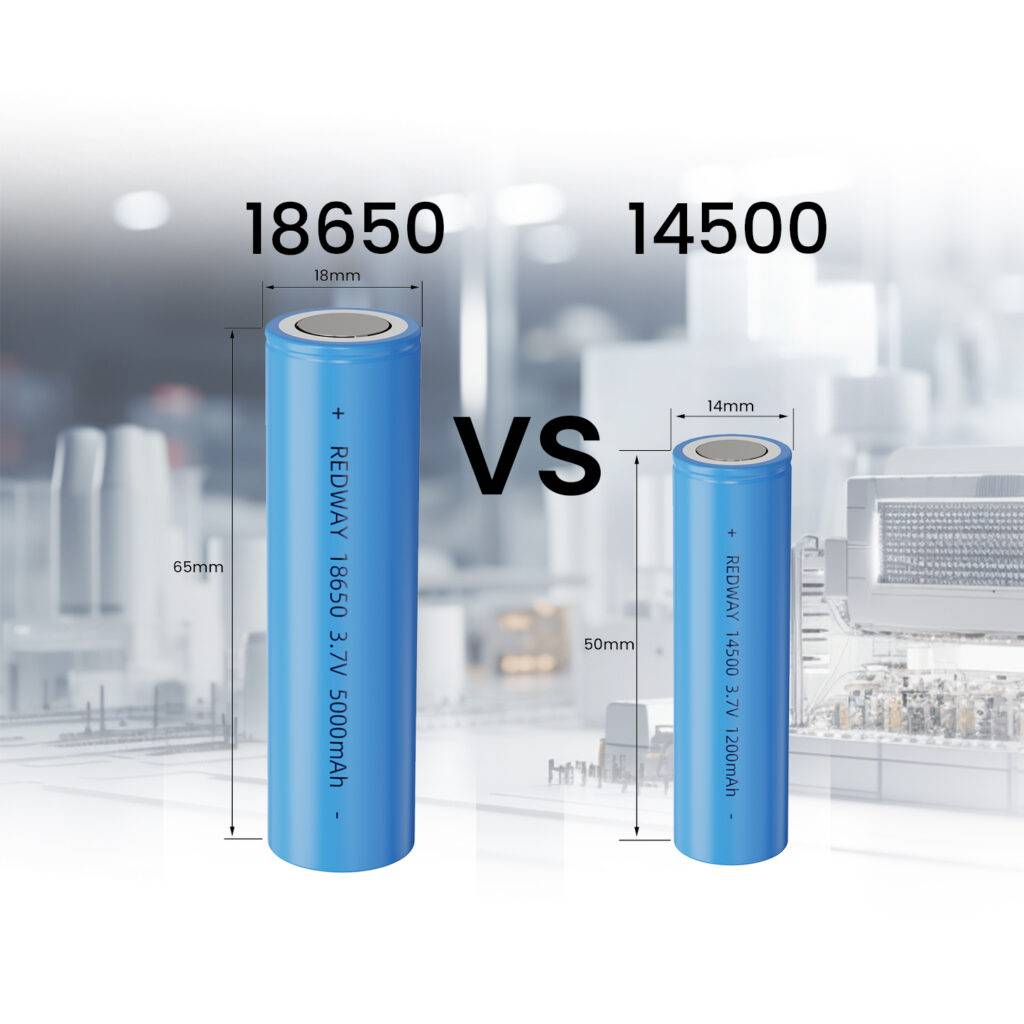In the world of portable electronics, the type and size of the battery can significantly impact the device’s performance, weight, and design. Among the most common cylindrical batteries in use are the 14500, AA, and AAA types. While they may look similar to the untrained eye, these batteries have distinct differences. Let’s delve into a comprehensive comparison, focusing primarily on their size and what that means for consumers and manufacturers.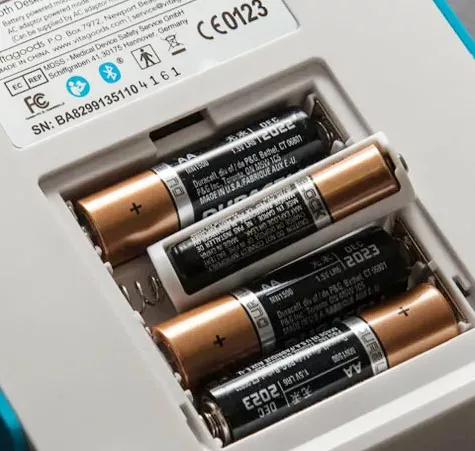
1. Overview of the Batteries
14500: This is a lithium-ion rechargeable battery. The name “14500” stems from its dimensions, 14mm in diameter and 50mm in length. Despite its resemblance to AA batteries in size, its voltage and chemistry are different.
AA: Often referred to as a “double A” battery, AA cells are among the most common batteries used worldwide. They are typically 14.5mm in diameter and 50.5mm in length. They can be found in both alkaline and rechargeable NiMH varieties.
AAA: Known as “triple A” batteries, AAA cells are smaller than AAs. They are roughly 10.5mm in diameter and 44.5mm in length. Like AAs, they come in both alkaline and rechargeable NiMH forms.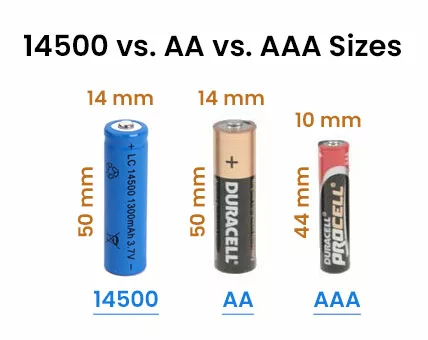
2. Key Differences
Diameter & Length: As mentioned, the 14500 and AA batteries have almost the same dimensions, but the 14500 is slightly slimmer. AAA batteries are noticeably smaller in both diameter and length compared to the other two.
Voltage: One of the most significant differences, especially between the 14500 and AA batteries, is the voltage. While most AA batteries (alkaline or NiMH) operate at around 1.5V, a 14500 lithium-ion battery typically operates at 3.7V.
Capacity: Typically, the physical size of a battery can impact its capacity. AA batteries often have a higher capacity than AAA batteries. However, the capacity of the 14500 batteries can vary depending on the specific design and chemistry.
Use Cases: Due to their size and capacity, AA batteries are found in a wide range of devices, from TV remotes to digital cameras. AAA batteries, being smaller, are often used in more compact devices like certain remote controls or small flashlights. 14500 batteries are usually found in specific applications that require the higher voltage of a lithium-ion cell in the form factor of an AA battery.
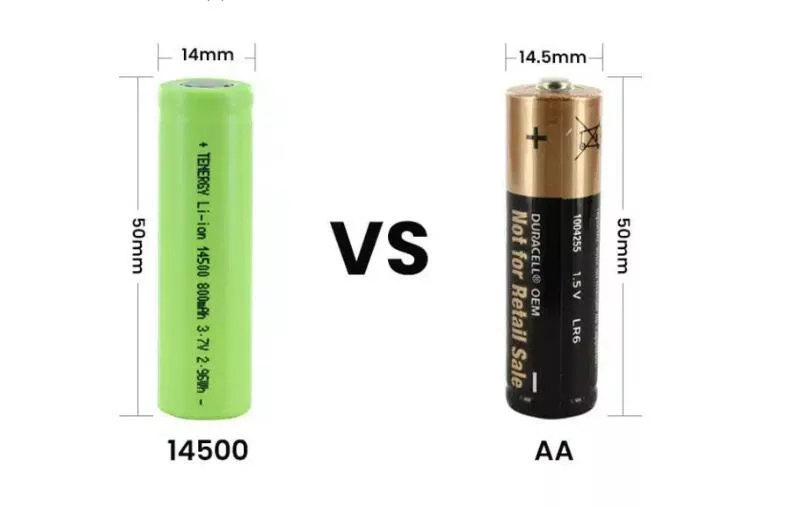
3. Tips for Users
Check Compatibility: Just because a 14500 battery fits into a device designed for AA batteries doesn’t mean it’s compatible. Using a 14500 in a device designed for a 1.5V AA battery can damage the device due to the higher voltage.
Recharge with Care: If using rechargeable versions of any of these batteries, always use the recommended charger. This tip is especially crucial for 14500 batteries, as they require a specific lithium-ion charger.
Storage: Store batteries in a cool, dry place. For long-term storage, it’s advisable to keep them in their original packaging or a battery case to prevent short circuits.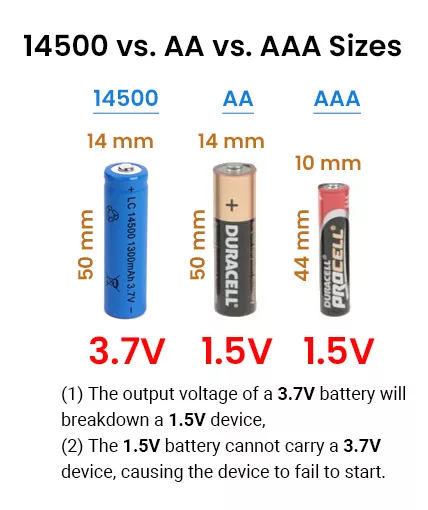
4. Considerations for Manufacturers
If you’re designing a product, the choice of battery will affect its size, weight, performance, and user experience. If size and weight are critical, AAA might be the way to go. However, if you require more power or a longer device runtime, AA might be more suitable. For applications needing the power of lithium-ion in a familiar size, the 14500 is a worthy contender.
5. Conclusion
The 14500, AA, and AAA batteries each have their unique attributes and advantages. Understanding their size differences and other characteristics can help users make informed choices, whether replacing batteries in a device, purchasing products, or even designing new gadgets. Always ensure compatibility and handle batteries with care for the best performance and safety.


